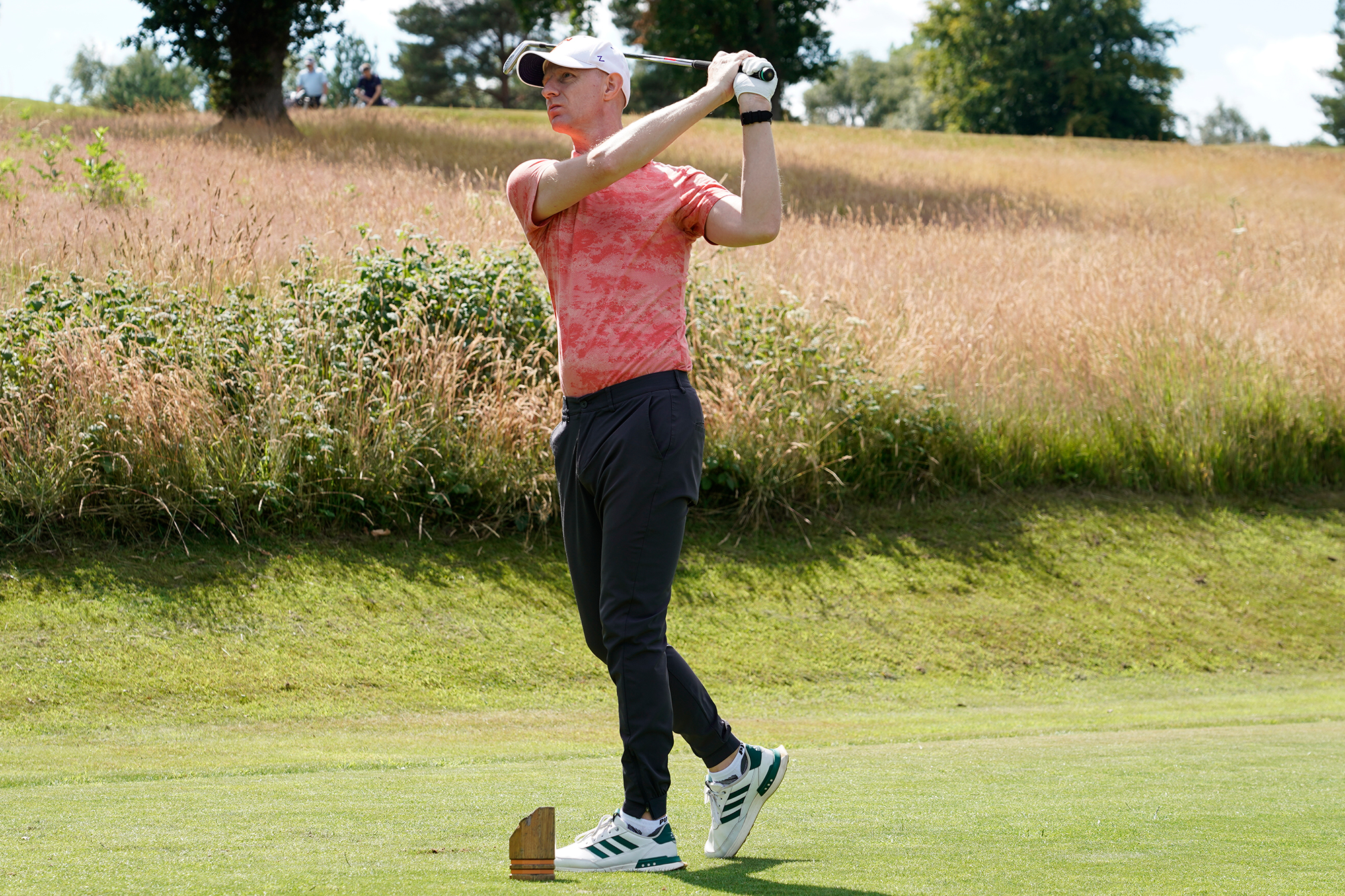Being on the ground at an Open Championship is a privilege that we never take for granted, especially when we get the opportunity to get up close to the action on the driving range.
This week at Royal Portrush, we have seen plenty of the best players in the world go through their preparations for the 153rd Open Championship, but it was a young Danish prodigy that caught our eye when practicing ahead of the tournament.
Jacob Skov Olesen propelled himself into an early lead at the Open Championship with an impressive 67, but as you can see in the video below, he utilised a very interesting drill to prepare for his second Major start.
In order to find out what he was doing, I reached out to Golf Monthly Top 50 Coach Ged Walters and asked him to explain it for us, including how you can try it for yourself…
Golf Swing Connection Drill Used By Open Championship Leader
Ged Walters
Using different styles, teaching aids, technology and games to measure improvements, Ged is keen to make the learning process educational and fun. He’s worked with a number of top local, national and international instructors, including Adrian Fryer and Jeff Ritter, one of the most prominent golf instructors in America.
In the video below, you can see Jacob Skov Olesen using a head cover drill to work on connection in the golf swing.
This is often used by golfers when the arms become disconnected from the body in the golf swing, which is a common amateur swing fault.
The drill is very simple to carry out, requiring minimal setup or equipment and is something any amateur golfer could do in their driving range session.
Start by taking your normal setup position, then place a head cover under your lead armpit. If you don’t have a head cover to hand, you could use a golf glove, a towel or even a sock.
Jacob Skov Olesen perfecting his swing on the range earlier this week prior to his 67 to start the 2025 Open 🏌️♂️ pic.twitter.com/bMJ5AT8NhTJuly 17, 2025
In terms of pressure, you want to be around nine out of ten. As you start the backswing, ensure the lead arm stays connected to your chest – trapping that head cover and preventing it from falling to the ground.
The head cover should remain in place all the way through the downswing and through impact, only…
Click Here to Read the Full Original Article at Latest from Golf Monthly…
